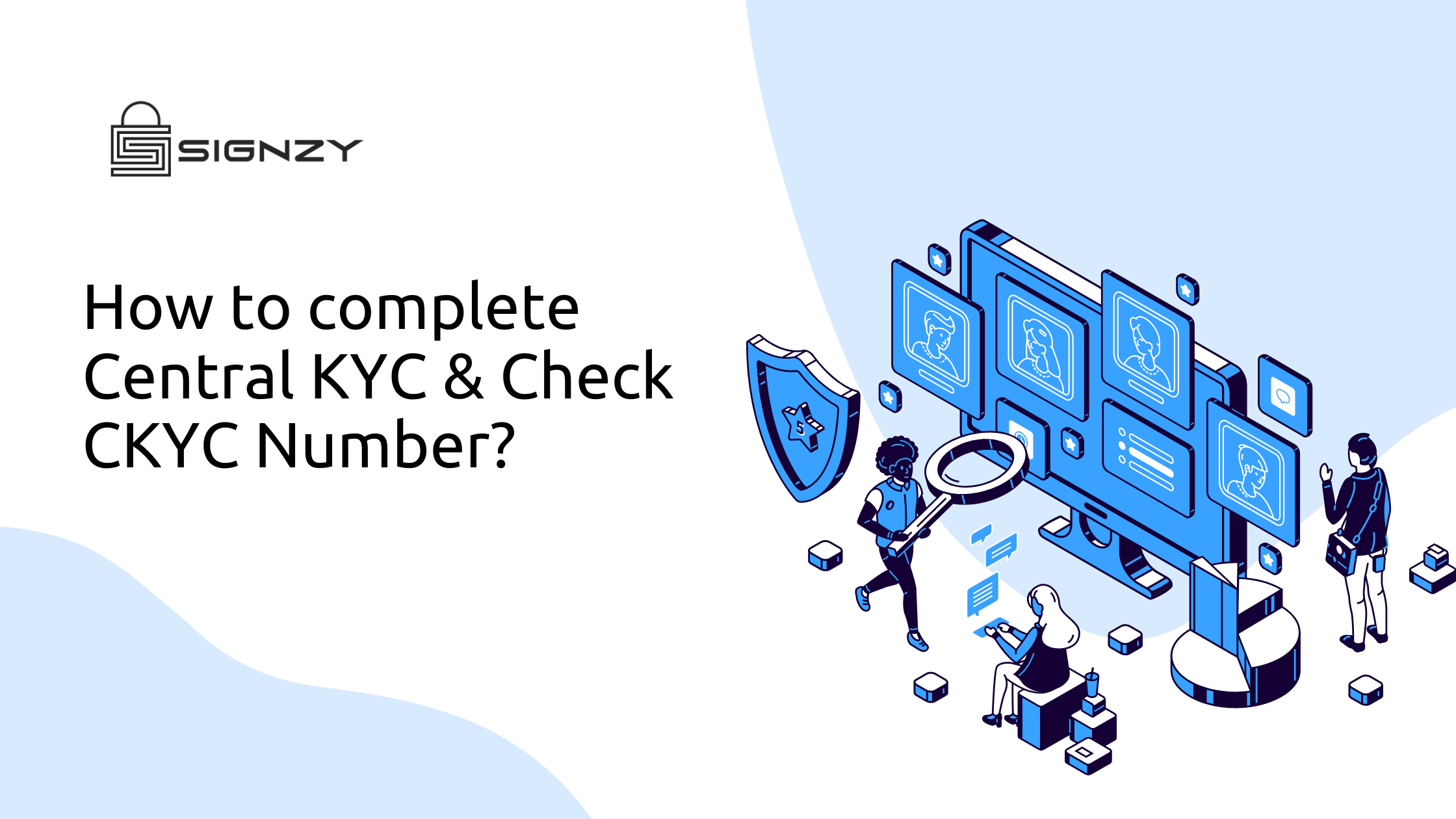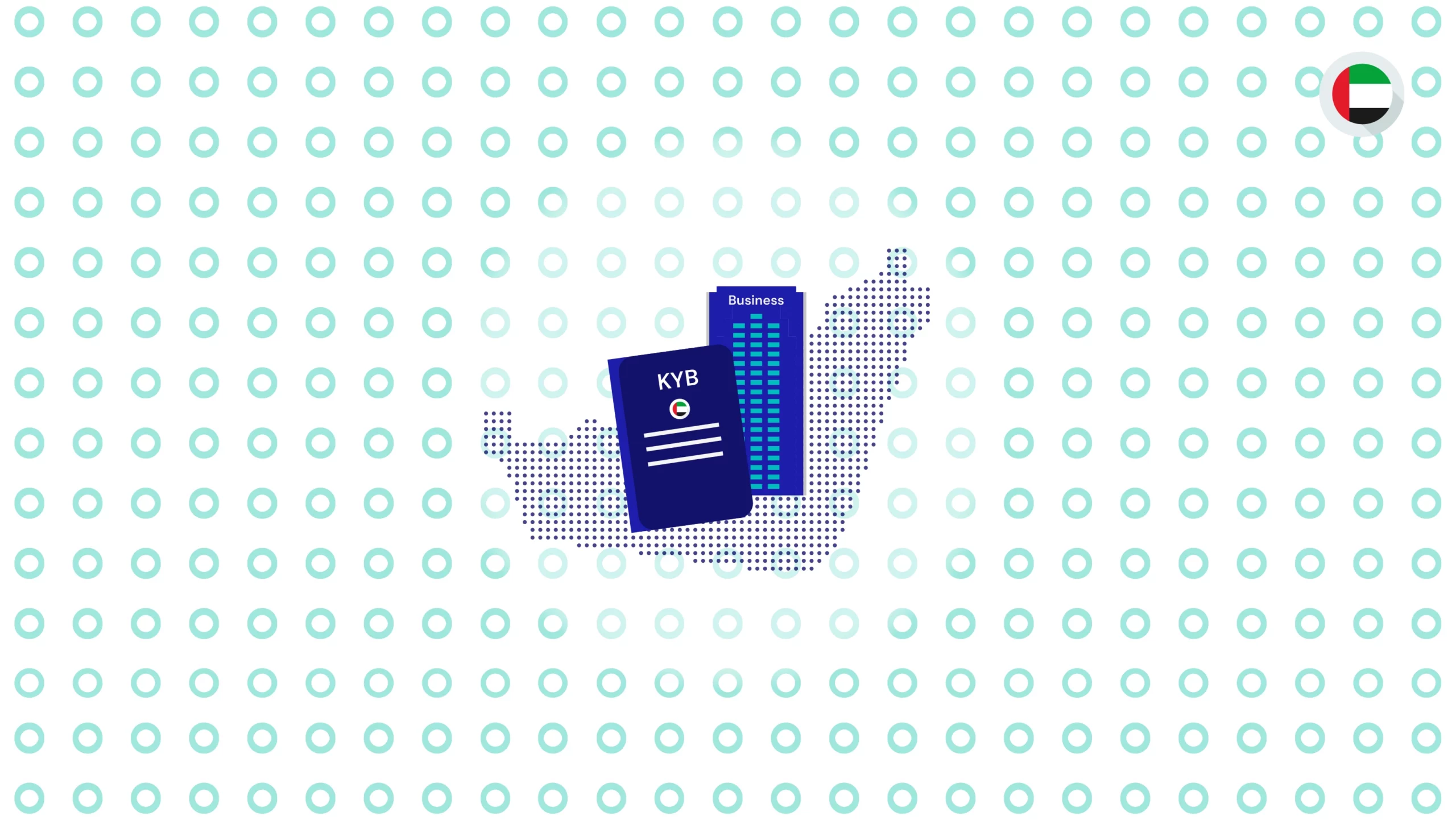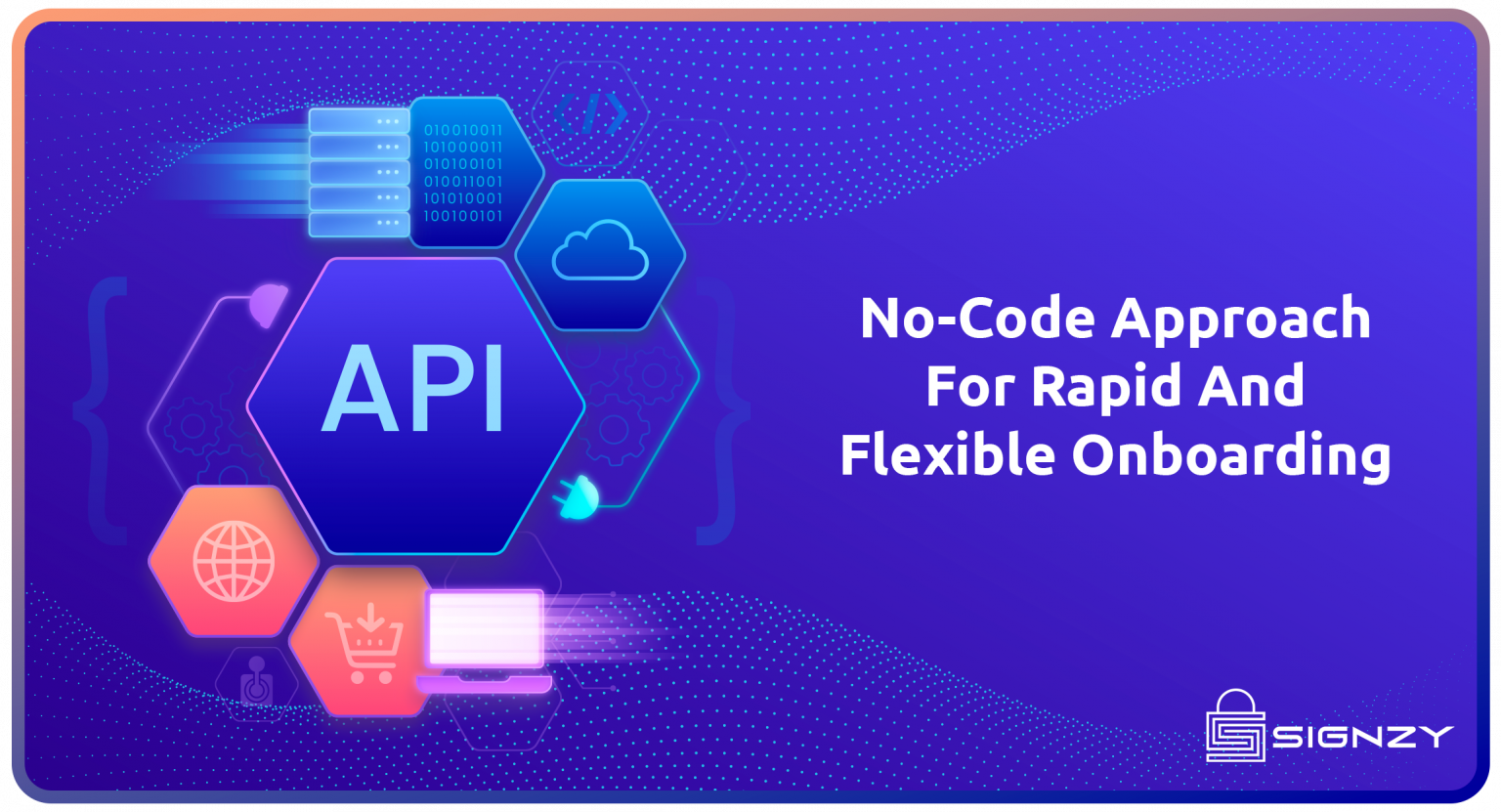Demystifying CKYC: A Step-by-Step Guide to Completing the Process
May 22, 2023
5 minutes read
Are you tired of the endless paperwork and hassle involved in completing KYC (Know Your Customer) procedures? Look no further! In this blog post, we will demystify CKYC, a streamlined process that simplifies your compliance obligations and saves you time.
Introduction to CKYC
CKYC stands for Central KYC or Central Know Your Customer. It is a centralized repository of KYC records maintained by the Indian government. Financial institutions can access this database to verify the identity of their customers, reducing the need for customers to submit their information multiple times.
The CKYC registry was created in 2012 by the Reserve Bank of India (RBI) in an effort to combat financial fraud. The registry is managed by the Central Registry of Securitisation Asset Reconstruction and Security Interest of India (CERSAI).
To register with CKYC, individuals must provide their basic personal information, such as their name, address, date of birth, and PAN number. They must also provide a copy of their identity and address proof documents.
Once an individual is registered with CKYC, they can open a bank account, invest in a mutual fund, or take out a loan from any financial institution that is a member of the registry.
The CKYC registry is a valuable tool for financial institutions and individuals. It helps financial institutions to verify the identity of their customers and to reduce the risk of fraud. It also makes it easier for individuals to open accounts and access financial services.
Banks and financial institutions are required to upload the KYC records of their customers onto the CKYCR. Customers can then provide their CKYCR registration number to any other bank or financial institution to complete their KYC requirements. This eliminates the need for customers to submit multiple KYC applications to different institutions.
The CKYCR is open to all banks and financial institutions operating in India. There is no charge for registering with the CKYCR or for accessing customer records.
Benefits of Central KYC
When it comes to KYC (Know Your Customer), banks and financial institutions have long been reliant on a decentralized approach. This means that each time a customer opens a new account or applies for a new product, the bank or institution would need to complete a new round of KYC checks. However, this process is now changing with the introduction of Central KYC (or CKYC).
Under the CKYC regime, customers will only need to undergo KYC checks once with a central authority. They will then be issued with a unique KYC ID, which can be used when opening new accounts or applying for products with any participating bank or financial institution. This will save customers time and hassle and reduce costs for banks and institutions.
There are numerous other benefits of CKYC, including
- Improved customer due diligence – which helps to prevent financial fraud.
- Reduced money laundering risks, and
- Enhanced data quality.
- It speeds up the process of opening a financial account.
In addition, CKYC will help to create a more level playing field for smaller financial institutions that may need more resources to invest in their own KYC processes.
How to Implement CKYC
If you are a financial institution, you can implement CKYC by following these steps:
- Register with CERSAI: The first step is to register with CERSAI. You can do this by visiting the CERSAI website and filling out the registration form.
- Obtain a CKYC registration number: Once you have registered with CERSAI, you will be assigned a CKYC registration number. This number will be used to identify you and your customers in the CKYC registry.
- Collect KYC information from your customers: You must collect KYC information from your customers before you can register them with CKYC. The information that you need to collect includes:
- Name
- Address
- Date of birth
- PAN number
- Identity proof document
- Address proof document
- Submit KYC information to CERSAI: Once you have collected KYC information from your customers, you must submit it to CERSAI. You can do this by uploading the information to the CERSAI website or by sending it to CERSAI by post.
- Register your customers with CKYC: Once you have submitted KYC information to CERSAI, you can register your customers with CKYC. You can do this by visiting the CERSAI website and entering the CKYC registration number of your customers.
By following these steps, you can implement CKYC and comply with RBI regulations.
How can Signzy help?
Signzy provides customers with an integrated CKYC solution:
- A secure rail on which Search and Download can be performed using the customer’s credentials
- An AI-driven intelligent upload solution that can help customers comply with regulatory requirements to update the CKYC Registry
Both these are API-based, with a secure and compliant way to identify customers, and update their data.
Conclusion
CKYC is an important tool for financial institutions and individuals. It helps financial institutions to verify the identity of their customers and to reduce the risk of fraud. It also makes it easier for individuals to open accounts and to access financial services. If you are a financial institution, you should implement it to comply with RBI regulations and to protect your customers.














